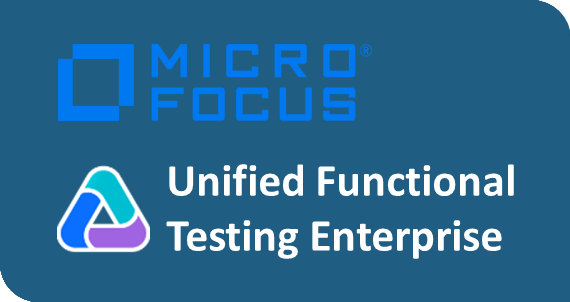An intelligent real-time next best offer system was put in place for a major telecom company in Latin America. Next-best offer (or next-best action) is a marketing method based on analysing customer behaviour and offering each customer the products calculated to appeal most to that customer. The offer is based on trying to understand the customer’s best interests and finding an offer which benefits both the customer and the company. In this way, the value of each customer relationship can be maximised.
Background
Next-best offer is based just as much on contacts made by customers to the company (inbound) as it is on outbound communications. This makes it easier to comply with increasing stringent regulation governing unsolicited communications from the company to its customers but presents a challenge of responding to a customer instantly, based on what they say in an inbound communication. That is, responses must be given in real time.
The Challenge
The telecom operator was looking for a real-time next-best offer solution to use with incoming customer communications to its contact centres. It had a very large volume of data about its customers’ past purchases and buying behaviour, and it wanted to make use of this data to provide more attractive and individually tailored offers to its customers.
The Solution
Our solution provided a means of doing this, based on the Galileo and Turing products. The solution integrated dozens of potentially relevant data sources from different systems within the telco to create a ‘Dynamic User Profile’ for each in-scope customer. The different data sources reside in silos and their data are not usually analysed together. The solution thus broke down these silos to explore relationships which were inaccessible before. The Dynamic User Profile was continuously updated based on each new interaction with the customer, and each new insight gained from the analysis of the data by our self-learning algorithms.
The steps involved in implementing the solution were as follows
- Analysis of available data types and determination of which one to include in the model.
- Development of the model by ingesting and analysing a large volume of historic data. Customer behaviour was modelled against marketing communication they had received to build the model and create Dynamic User Profiles.
- Analysis of the incoming streams of current data, to continue refining the model.
- Use of the model to make recommendations both in real time as customers contact the company, and in outbound communications from the company.
Results
The solution produced a set of Dynamic User Profiles and product/service recommendations for each. Marketing campaigns based on these data are currently being trialled and compared to similar marketing campaigns without the benefit of the insights produced by the solution. The product and service offerings are also being tailored in the light of the Dynamic User Profiles.


